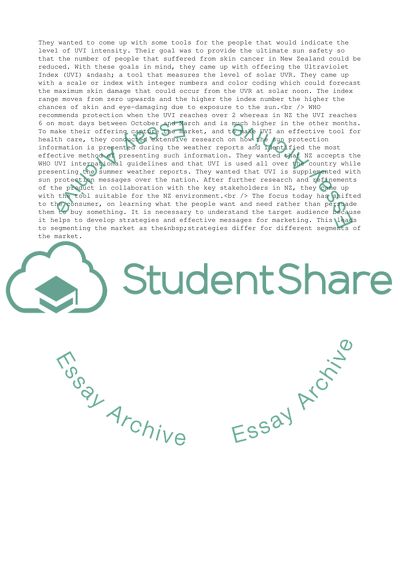Cite this document
(Temperate Climate of New Zealand Case Study Example | Topics and Well Written Essays - 2221 words, n.d.)
Temperate Climate of New Zealand Case Study Example | Topics and Well Written Essays - 2221 words. Retrieved from https://studentshare.org/business/1542499-social-marketing-report-the-ultraviolet-index
Temperate Climate of New Zealand Case Study Example | Topics and Well Written Essays - 2221 words. Retrieved from https://studentshare.org/business/1542499-social-marketing-report-the-ultraviolet-index
(Temperate Climate of New Zealand Case Study Example | Topics and Well Written Essays - 2221 Words)
Temperate Climate of New Zealand Case Study Example | Topics and Well Written Essays - 2221 Words. https://studentshare.org/business/1542499-social-marketing-report-the-ultraviolet-index.
Temperate Climate of New Zealand Case Study Example | Topics and Well Written Essays - 2221 Words. https://studentshare.org/business/1542499-social-marketing-report-the-ultraviolet-index.
“Temperate Climate of New Zealand Case Study Example | Topics and Well Written Essays - 2221 Words”, n.d. https://studentshare.org/business/1542499-social-marketing-report-the-ultraviolet-index.


